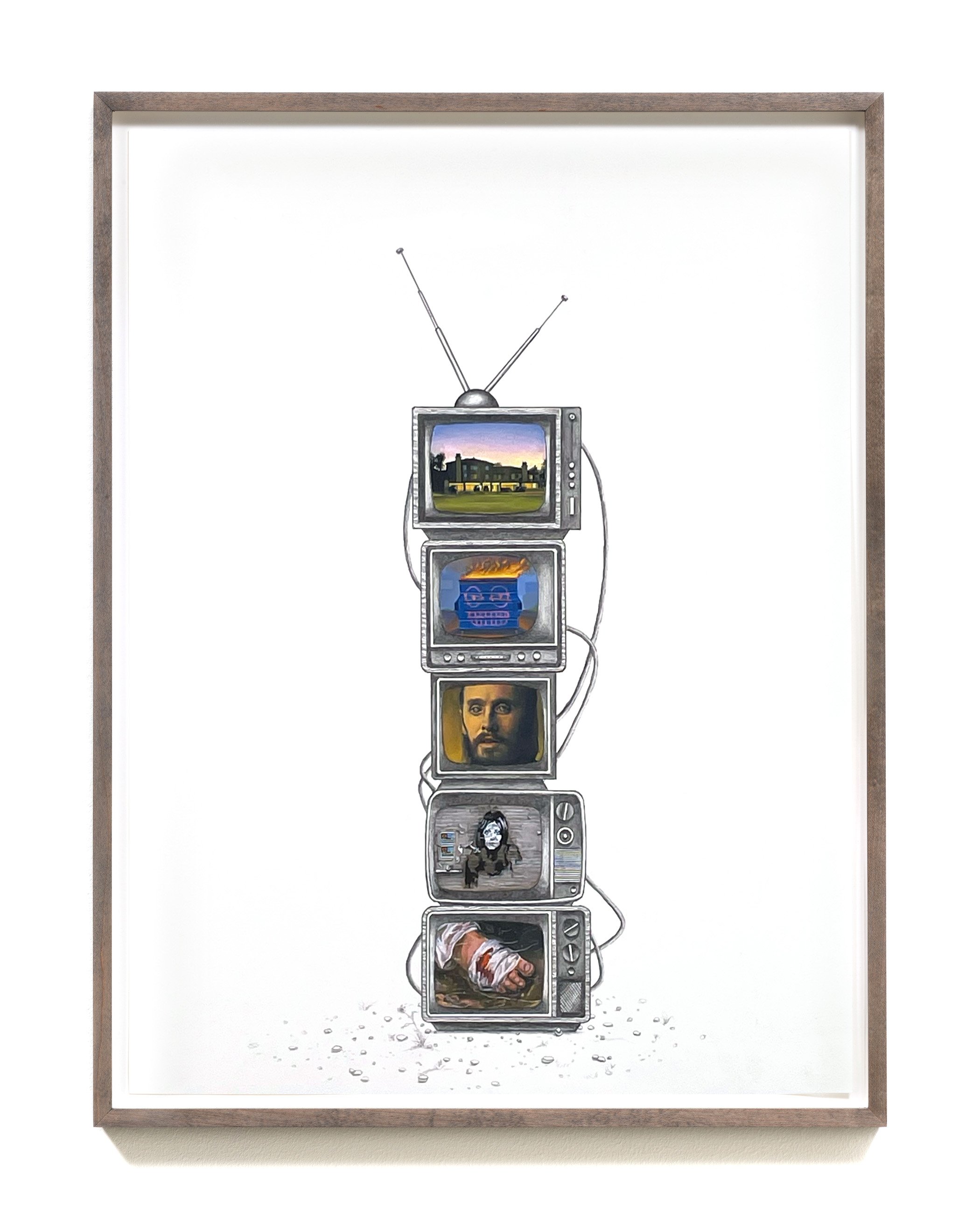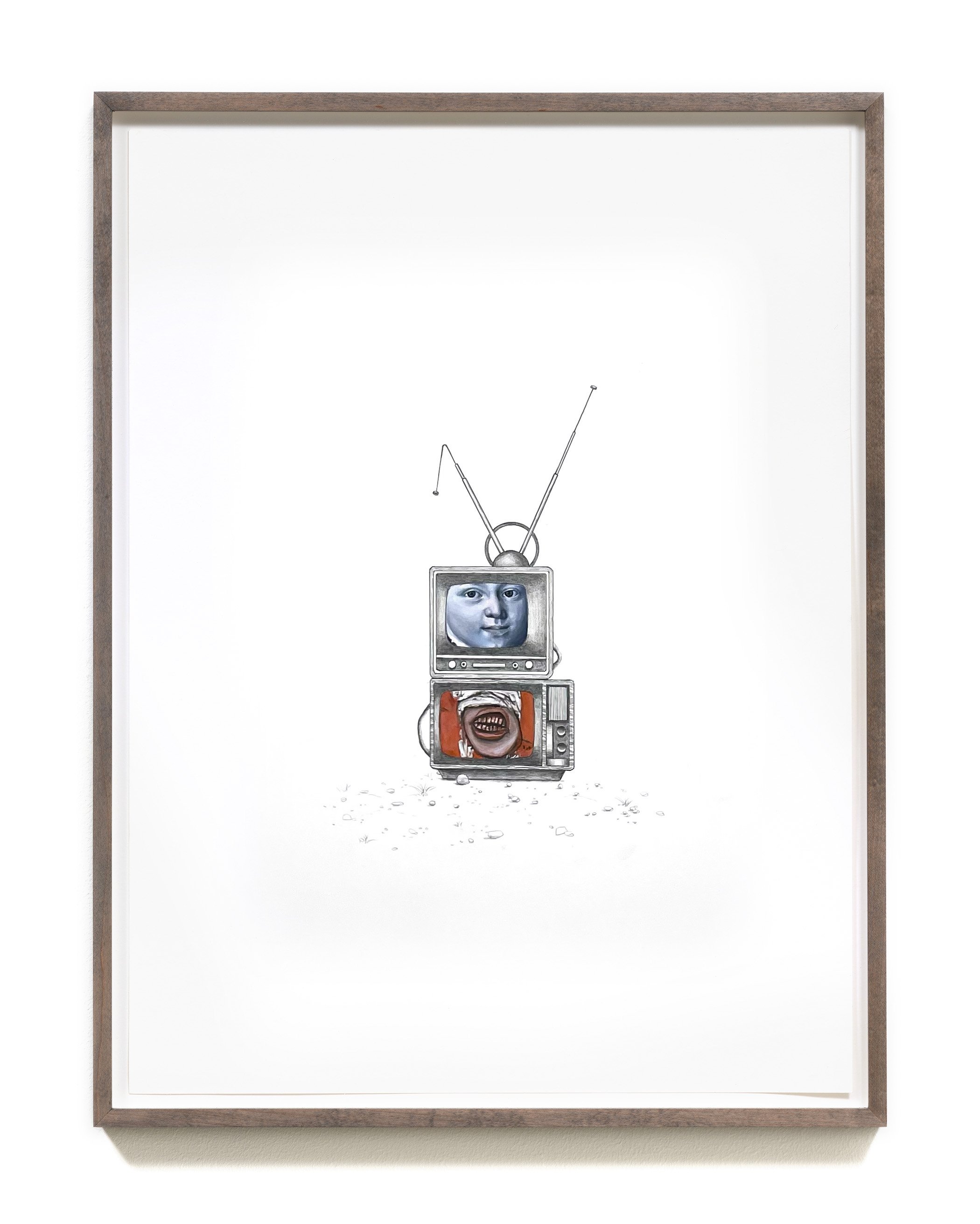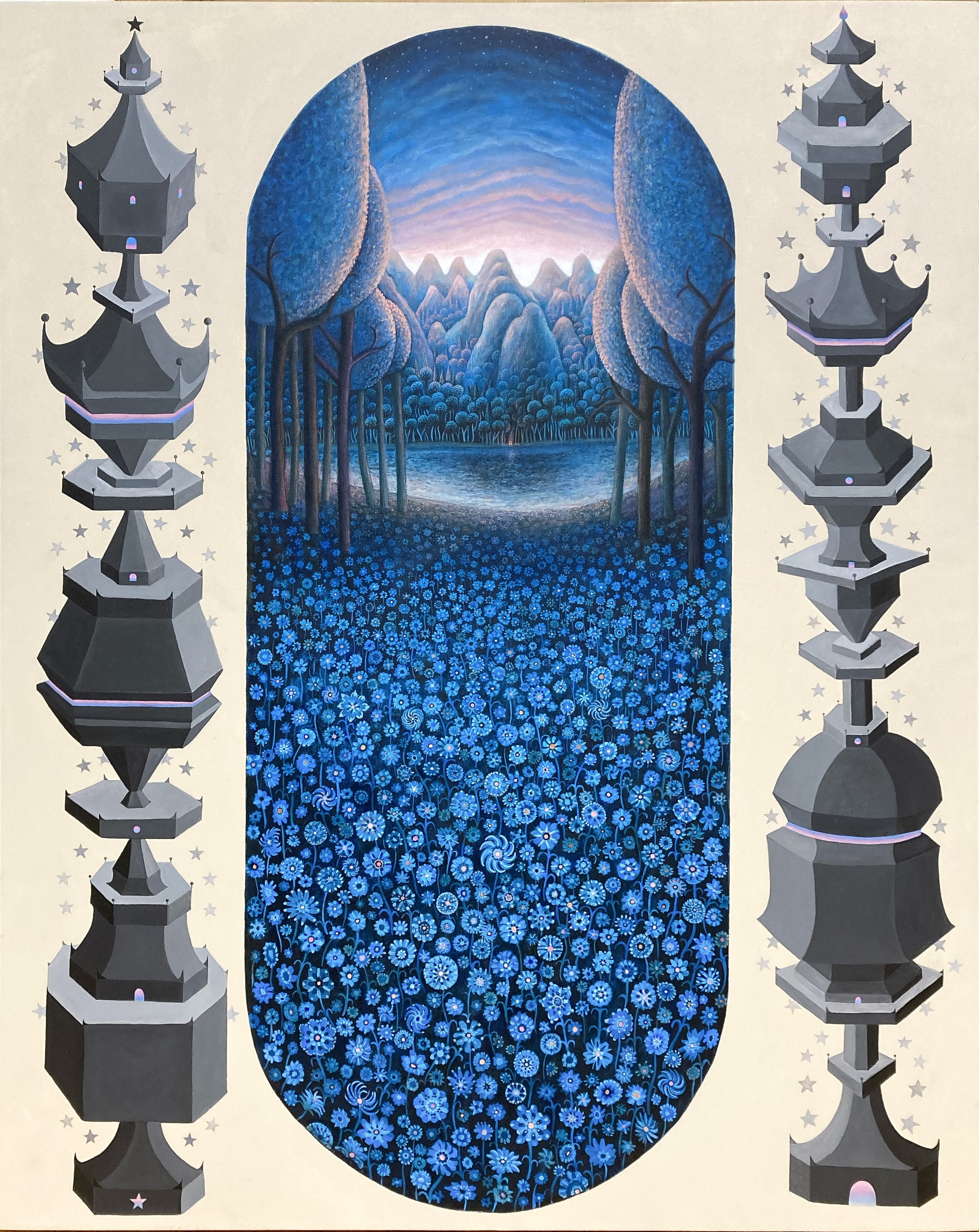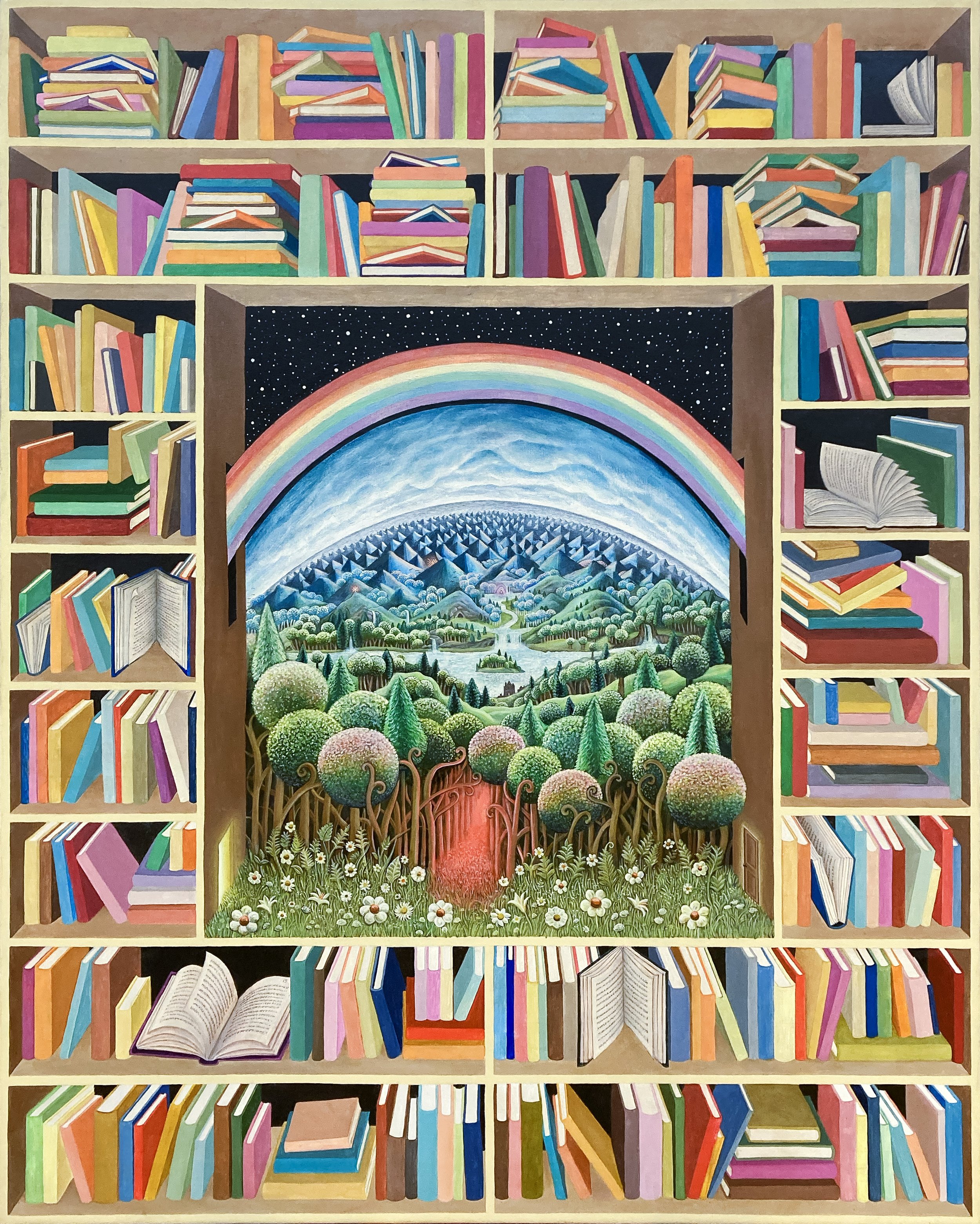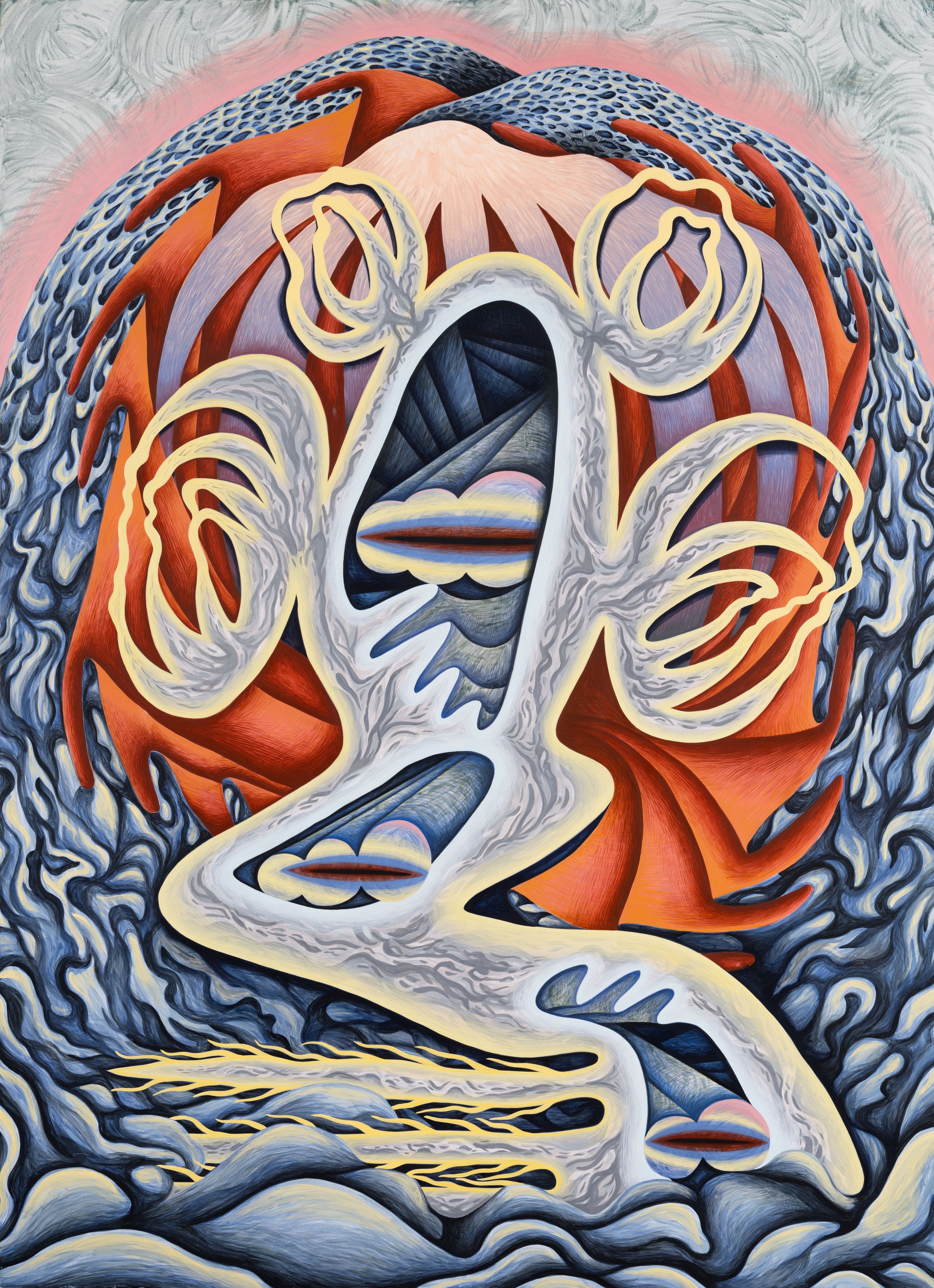Dallas Art Fair
Joe Biel
Alexa Guariglia
Franziska Goes
Justin Margitich
Benjamin Styer
BOOTH C8
April 20 - 23, 2023
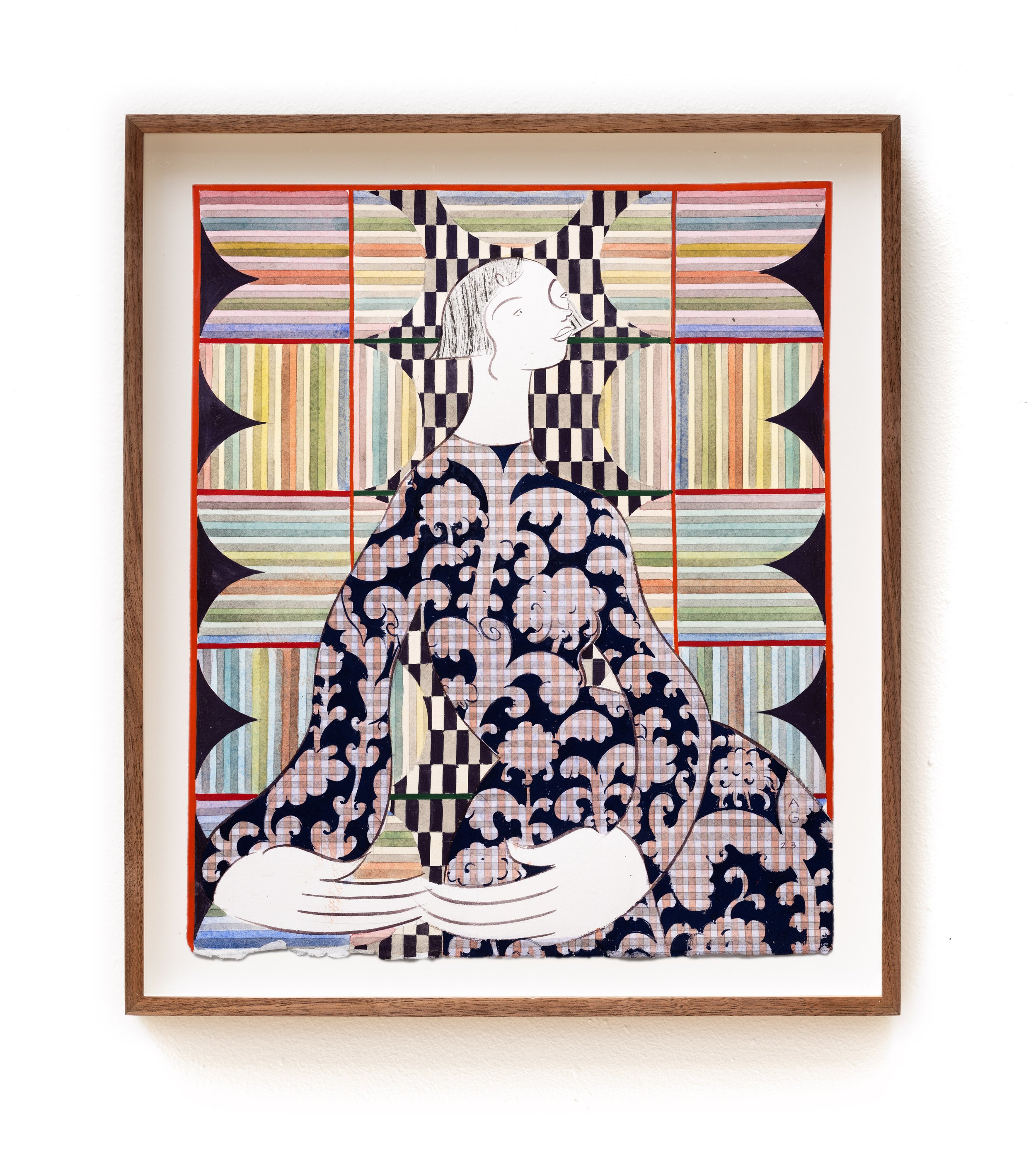
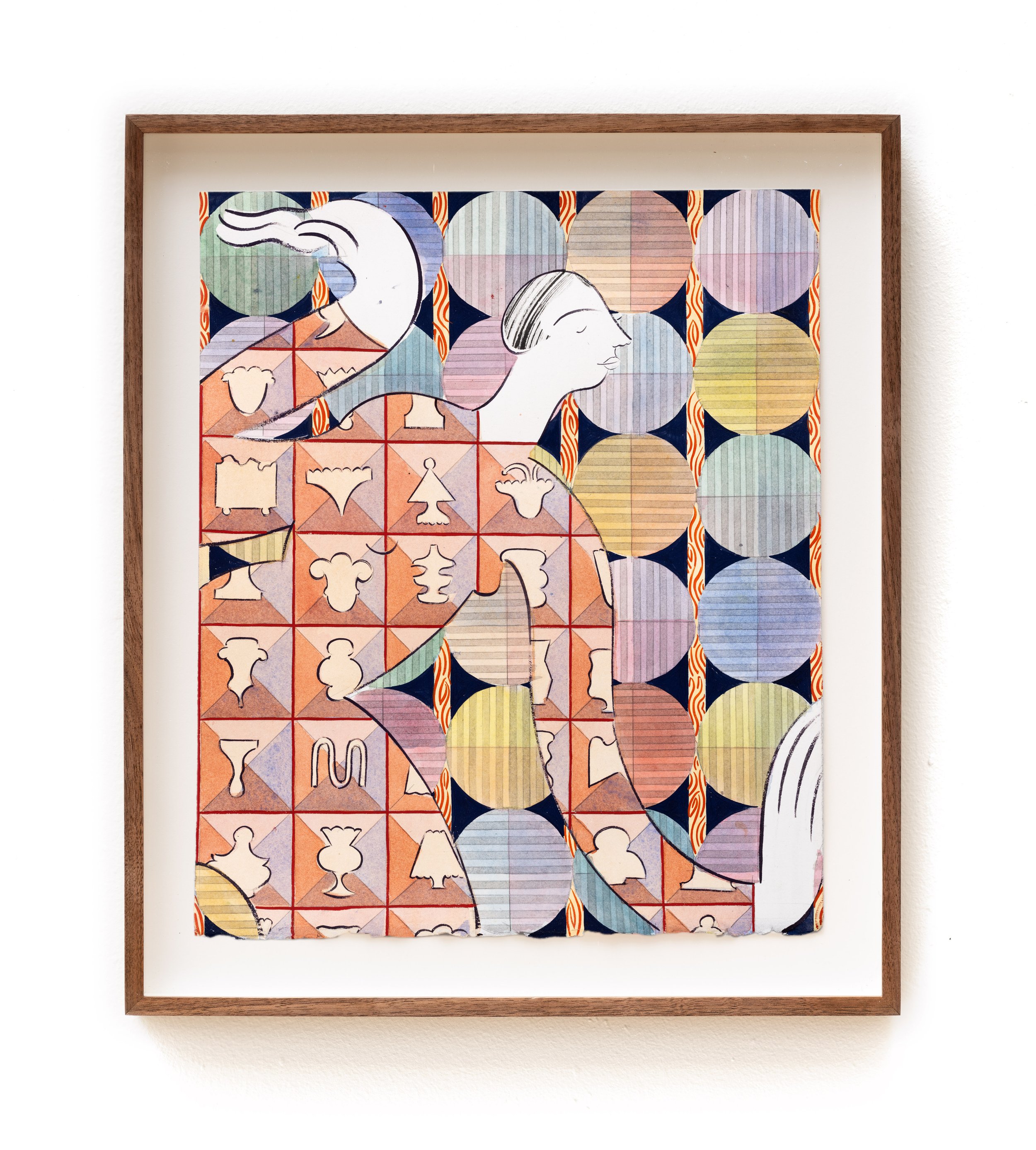
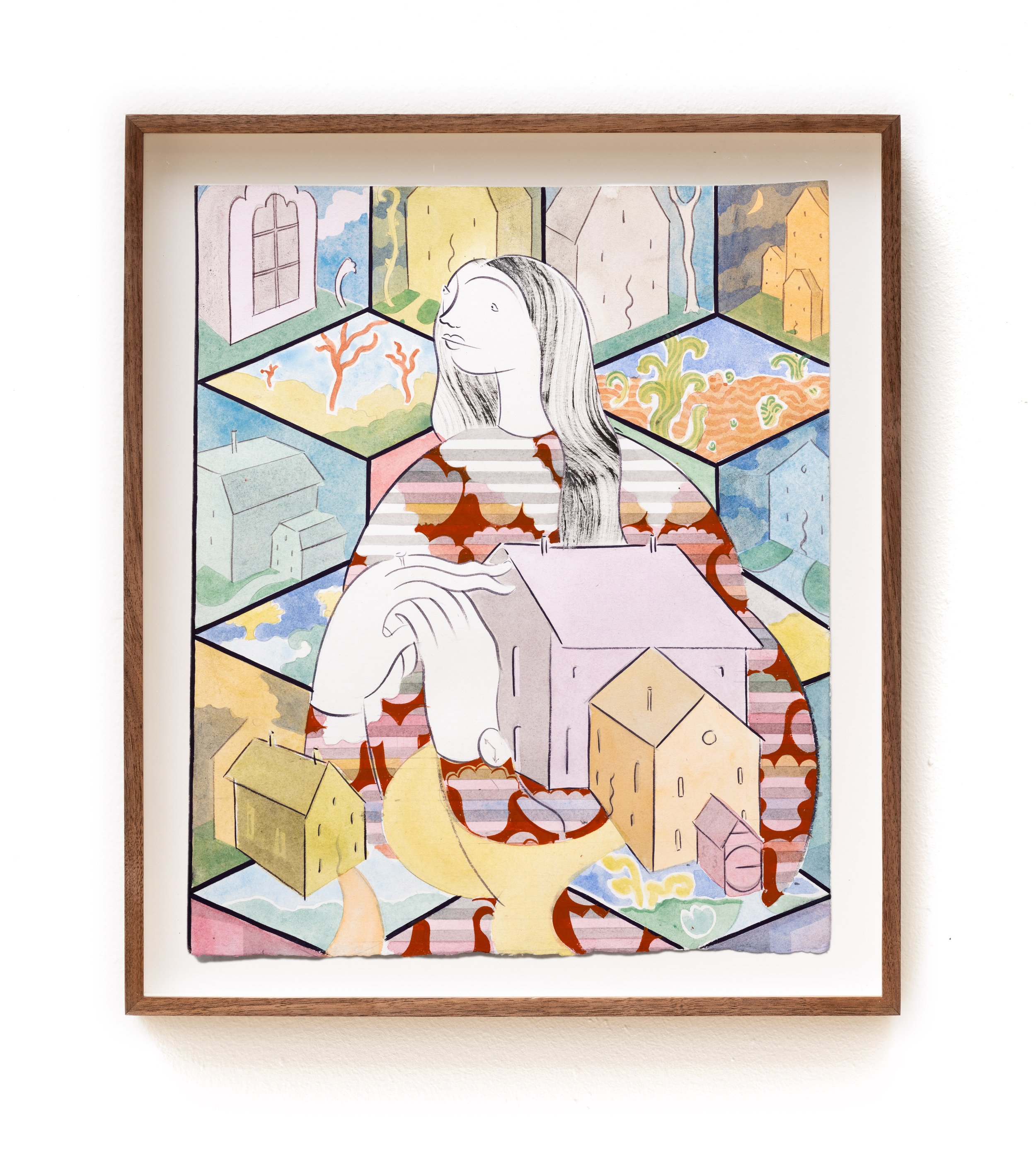
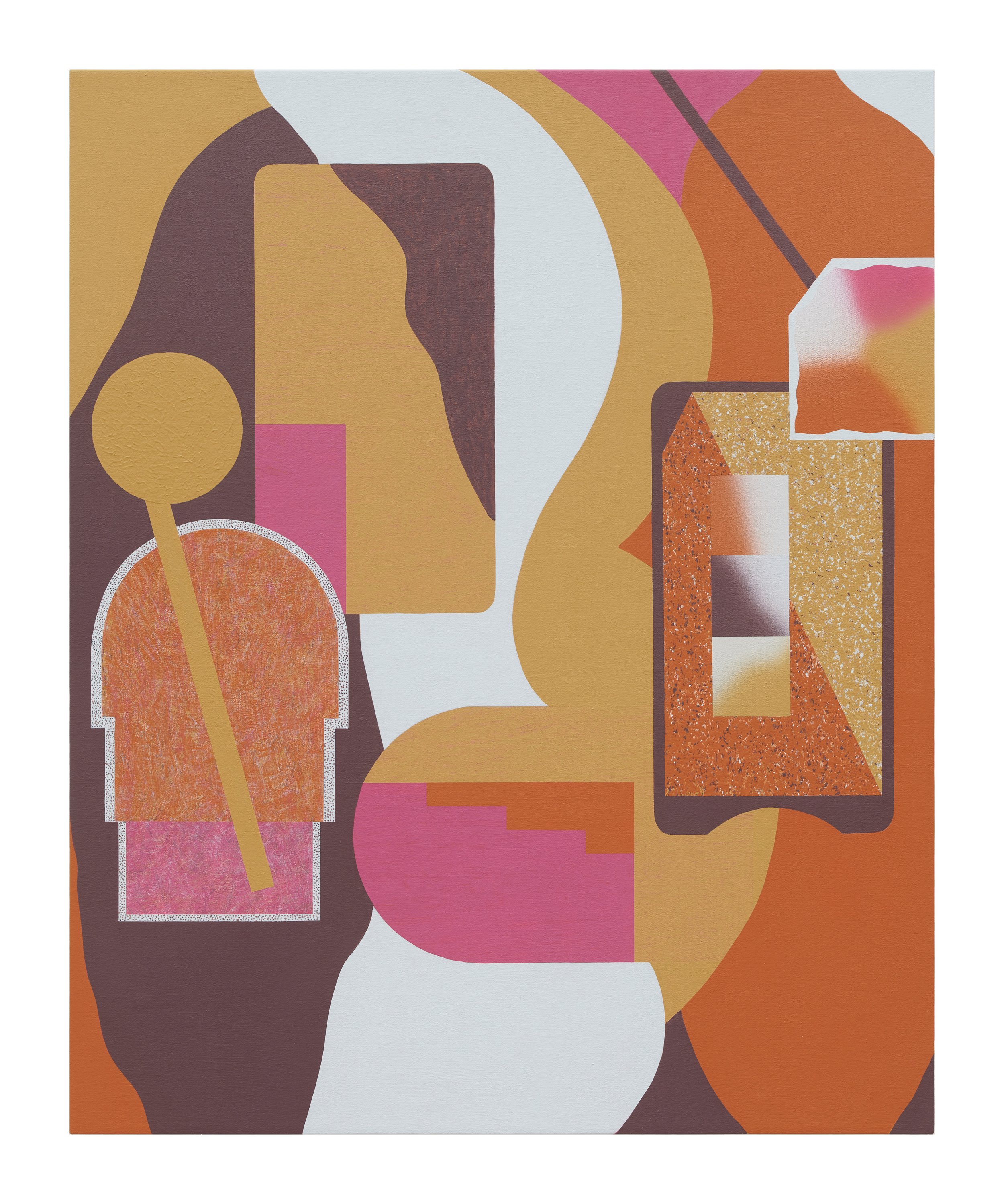
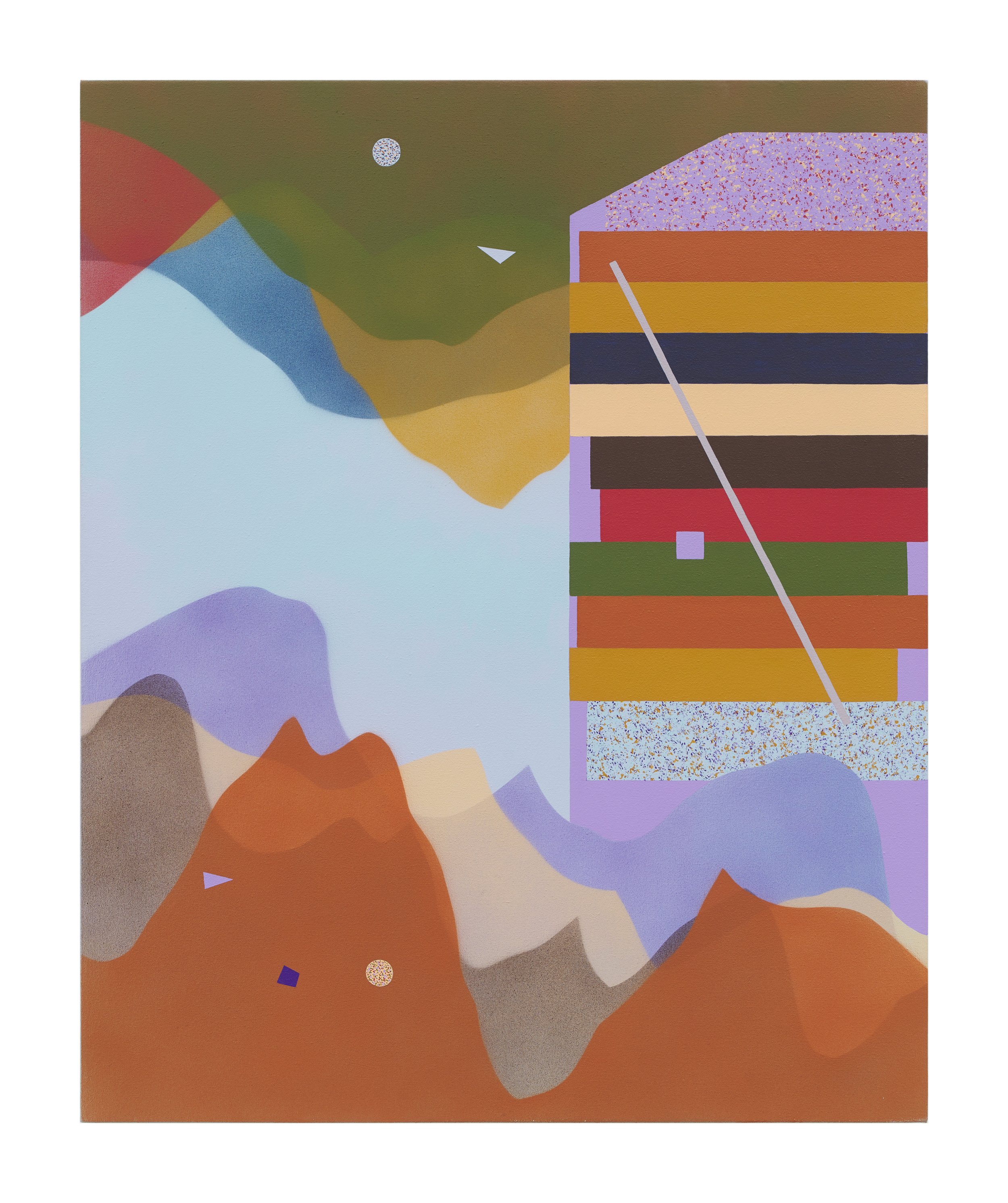
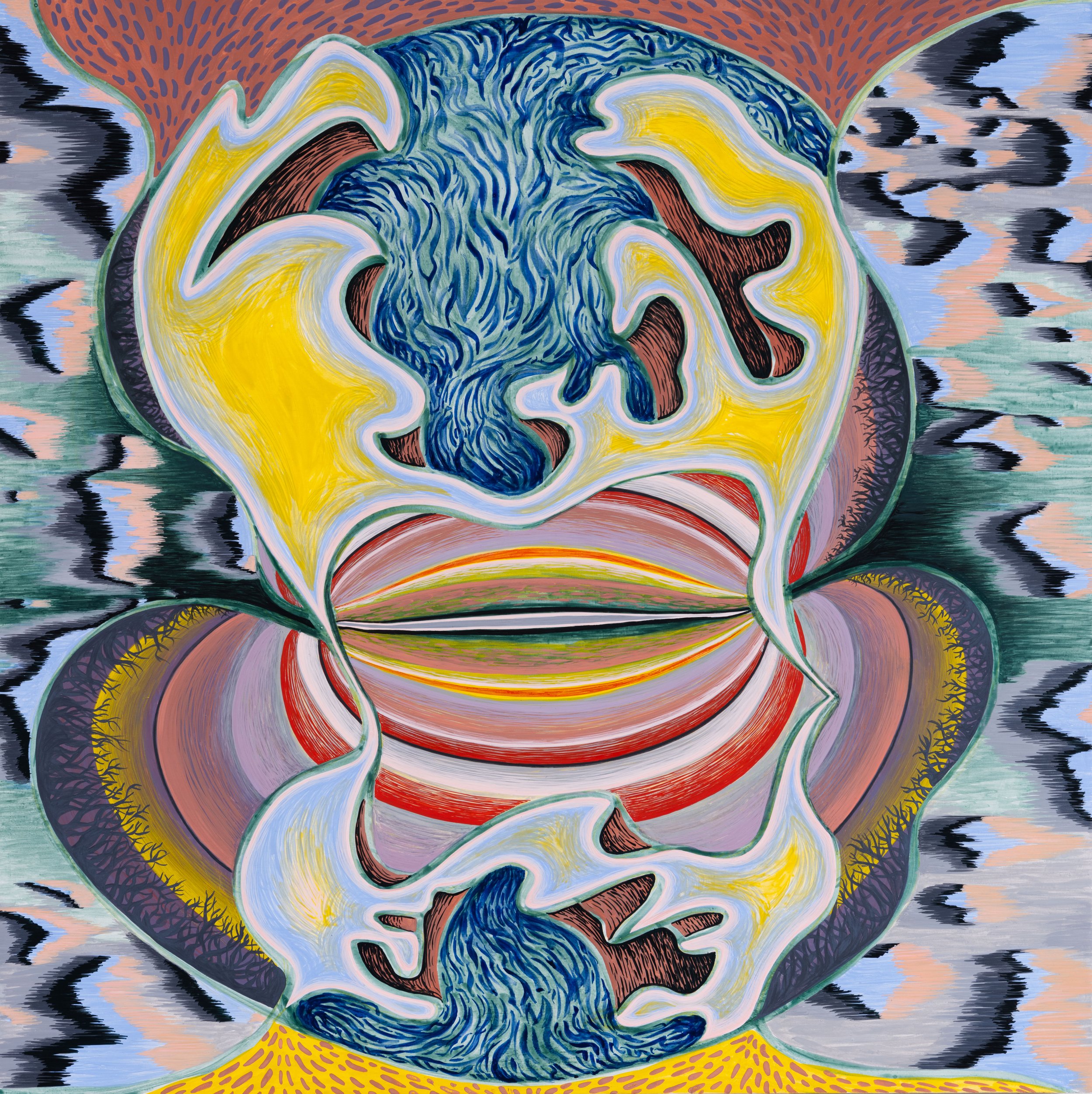
about
Moskowitz Bayse is pleased to present new and recent works by Joe Biel, Alexa Guariglia, Franziska Goes, Benjamin Styer, and Justin Margitich at the forthcoming edition of the Dallas Art Fair, on view April 20 - 23, 2023.
Joe Biel’s Stacks distill motifs explored in his monumental work Veil from 2015 into open-ended recountings of memory and place. He observes, revels in, and critiques the constant presence and rabid expansion of our media ecosystem, which tends to flatten and simplify information. After several series of blue-scale screen Stacks in the mode of Veil, Biel here turns to color screens, updating the graphite housings of the devices accordingly. Supposed narratives run through the disjointed collections of imagery, which include art history, film, sport, and, of course, television. Biel’s Stacks consider the media’s sustained, totalizing effect on our collective psyche, offering filtered accounts of his own participation in that system. In this way, the Stack works become talismanic self-portraits that uphold the adaptable adage, you are what you see.
Franziska Goes reckons with the intersecting and colliding histories of abstract painting in vibrant and regimented works that treat color as a practical conveyor of meaning, as well as an arbitrarily observed phenomenon. Goes’ crisply associative paintings reference landscape, architecture, and the shifting language of computer graphics, contributing to a rising discourse on the continuing merits of abstraction. Typically working on one painting at a time, Goes restricts her palette to a handful of acrylics, laid down in a wide variety of techniques and ocular blends. By the painting’s completion, the palette seems exhausted, with nearly each available lead followed, and every relationship prodded for signs of life.
Alexa Guariglia’s compositions unfurl slowly, as humor steadily gives way to latticed studies of psychological and architectural space, and the physical properties of painting on paper. Rife with symbolism and allusion, Guariglia’s works become sites of introspection, while perspectival cues gradually reveal each painting’s narrative underpinnings. Themes of pleasure, femininity, memory, and studio practice become structural guides, with the artist exploring the outer limits of technique and subject. As part of a generation of female painters dealing with those intersections of history, selfhood, and the act of painting in the 21st century, Guariglia remains concerned with both the personal and the universal. Breadth gives way to specificity as the unidentified and abstracted subject becomes irreducible by way of a practice marked by a constant interplay between discursive poles.
Justin Margitich creates egg tempera paintings that stack landscape, fits of religious ecstasy, and the simmering psychedelic profundity of the everyday. Washy layers of thin paint evoke hallucinatory vision, with Margitich referencing early medieval understandings of humanity’s limited place in the universe, as the works recall the dual omnipresence, and continued importance, of magic and wonder. Concentric swirls of bright color collide and revolve around one another, while motifs of music and universal order emerge as organizing factors; internal architectures and intricate compositions appear concerned with the interplay between personal vision and universal logics, magic and reason. Returning to abstraction after a series of angelic Icon paintings, Margitich’s panels glance at historical approaches to form and material, while offering new possibilities for contemporary and future applications.
Extended looking at Benjamin Styer’s pictures suggest fluid formal headspaces and varied states of reason. In several large new works, the artist gestures toward various modernisms (early abstraction, Transcendentalism) and folk traditions (needlework samplers, intuitive perspective) collectively affirming the constant interchange of the (un)conscious mind. Calligraphy, geometric abstraction, landscape, and musical motifs seamlessly gel, operating on and between permeable levels concurrently. The vastness of Styer’s world betrays a deep connectivity and pronounced spiritual generosity: with art history, memory, dream, and experience flattened and disrupted, the door to Styer’s universe creaks open. Indeed, in these new paintings, Styer’s practice looks within and steps beyond itself, further integrating past work into an ever-deepening network of self-reference and extensive historical allusion.

